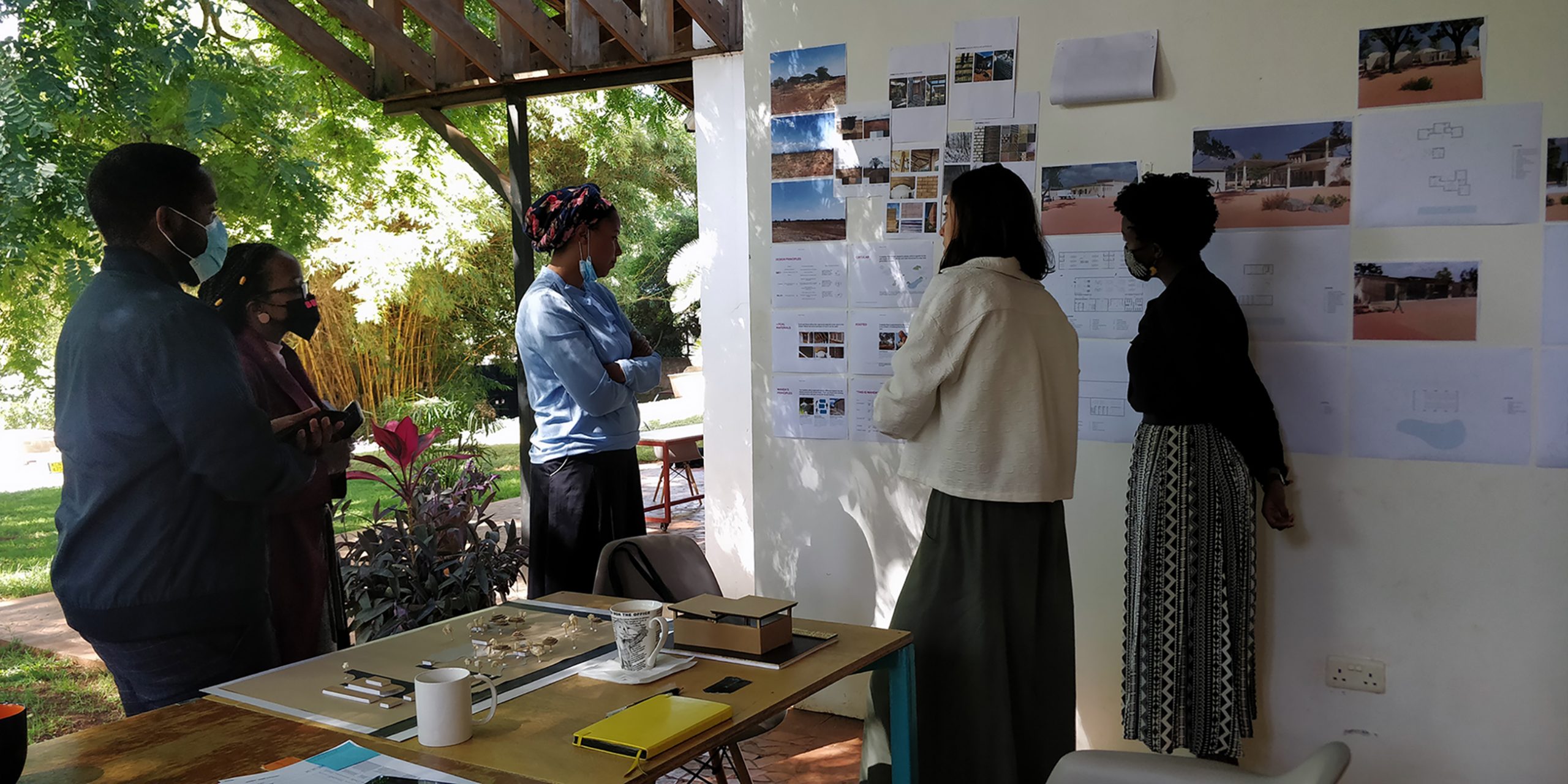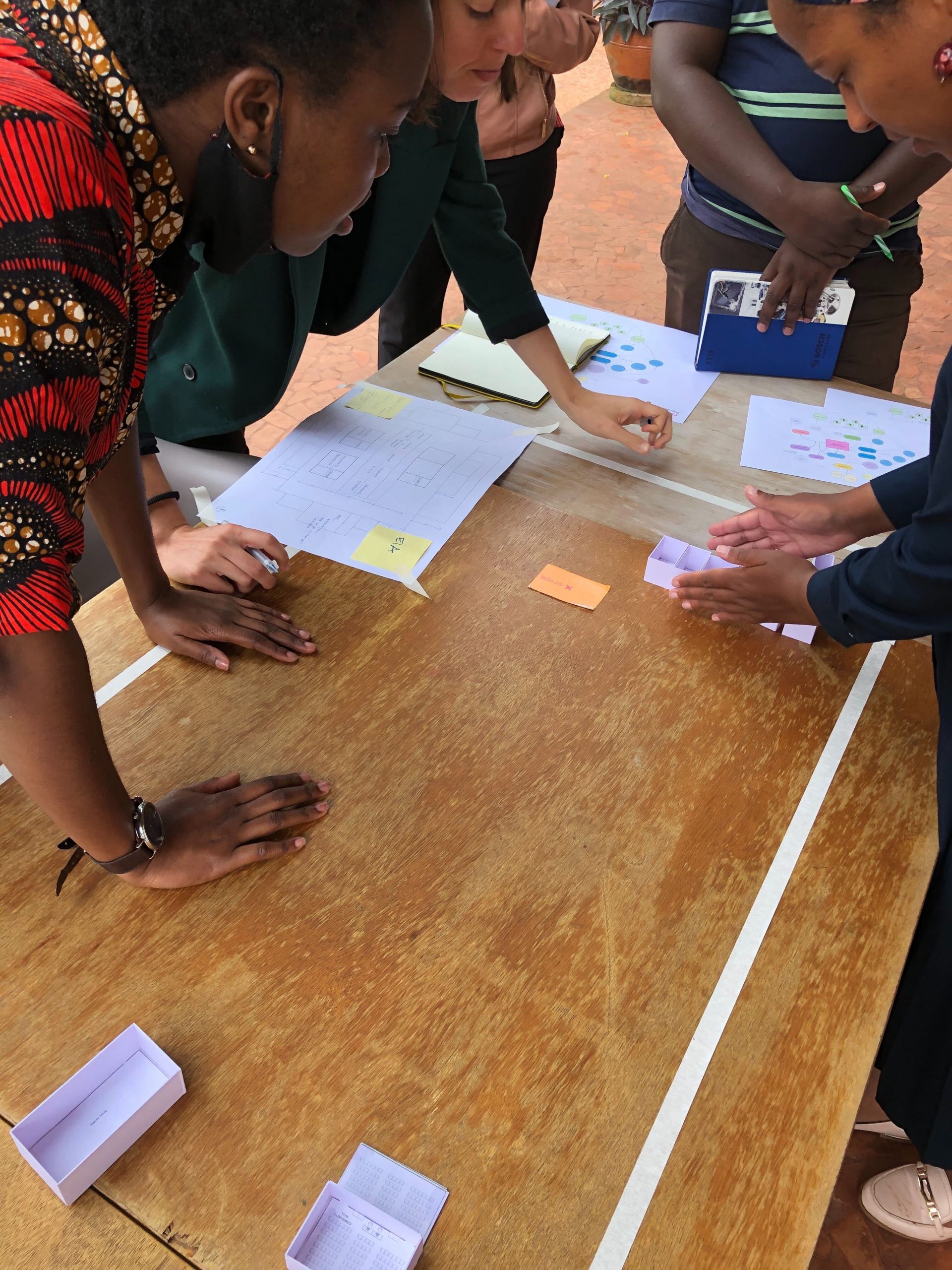By Carolina Larrazábal
My colleague Rachel recently had her first baby. She was our first employee to become a mum, so when she came back from maternity leave I wanted to learn whether our workspace was conducive for new mothers. As it turns out, it wasn’t. There wasn’t an appropriate space for her to express milk for her baby – we had to repurpose one of our meeting rooms in a rush to accommodate her. Startup hustles, you may think, but as a female co-founder of a company that works to design equitable, dignified spaces, with a young team that is 65% women, I felt quite embarrassed that we hadn’t thought about this when we were renovating our offices.
I then started wondering – how many offices actually have a space that can act as a mothers’ room? I have never noticed that type of space in the offices I’ve been in, and from all the clients that come to us wanting their offices refurbished, this is never something in their brief. The same lack of thought appears in so many examples throughout the environment we live in: excessively long women’s bathroom queues; lack of safe seating in public spaces for mothers to rest and feed their babies; labour rooms with ticking clocks, no windows and low light levels; lack of safe playgrounds in housing developments. Most of these spaces have been imagined by male architects.
As an architect, I firmly believe buildings can be more thoughtful of the people who live in them, and thus better, when women are equally participant in the design process.
I recently became part of the 11.8% of Kenya’s registered female architects, together with my colleague Esther who became part of the 7.3% female engineers (figures from Women in Real Estate’s 2020 study). This is no mystery to women construction professionals. I’m sure many can relate to the feeling of standing out in a room or on a construction site full of men at some point in their career. It has just always been the norm. It doesn’t, however, have to remain this way.
When I was studying in Spain, more than 50% of my course were women, as is the case with many architecture schools in Kenya nowadays. However, I could only see about 30-35% women taking the registration exam with me last year, and the number reduces further the higher up you go in the construction industry ladder. The only way the women graduating can remain in the industry is by raising representation higher up the ladder, from today. Despite the lack in number, I’m so encouraged by the women who are currently in leadership positions within the industry, from our board member Elizabeth Chege as chairperson of Kenya Green Building Society, to Mugure Njendu as current president of the Architects’ Association of Kenya and a growing number of female directors, founders and owners of architecture and engineering firms.
I co-founded BuildX to design and build radically better buildings. To us, one of the things that this means is having buildings that are designed by and for everyone, with gender-balanced design and construction teams who create more efficient workforces and more equitable buildings and communities.
This is not a feminist statement, nor is it equality for equality’s sake. I have seen first-hand how gender-balanced teams create more efficient workflows, leaner bottom lines and higher-quality designs and buildings.
When we were designing the Makini Schools Pre-Primary extension in Nairobi, we went to their existing facilities many times to see how children interacted with space. The result of that was a design with things like ‘peek-a-boo’ windows that engage with children at different stages of growth, a bathroom with different-height sinks, or a ramp as the main way to go up instead of stairs, as the steps can be difficult for some children. That architecture and engineering team had three men and three women working on it.
The simple act of being equally represented in that project made those designers aware of the fact that we are all victims of our own biases. These biases then extend beyond gender: if my male colleague thinks differently than me, then what will a person from a different culture, religion or economic background think? What about people with disabilities, or mothers, or the elderly? Being exposed to different points of view keeps you uncomfortable, and that is the best state to be in as a designer.
At BuildX, we try as much as possible to remain uncomfortable by contrasting different perspectives as we are designing. For our latest affordable housing project in Nairobi, we are running focus groups with both men and women within the target market to understand their needs for their homes. We are discovering things like the importance women place in playspace at each floor level, for their children to be looked after whilst playing, or to have safe lighting as they are entering the compound. The team working on that project is also gender-balanced.
Good design has a unique ability to dignify, make people feel valued and seen, but this can only be achieved through two key ingredients: diversity in the design team that imagines those spaces and constant consultation with the people who will be using them.
As we celebrate this year’s International Women’s Day, I #ChooseToChallenge all firms to hire equitably, and all women architects, engineers, designers and construction professionals to be aware of the power of their own voice to lift other women’s voices up.






